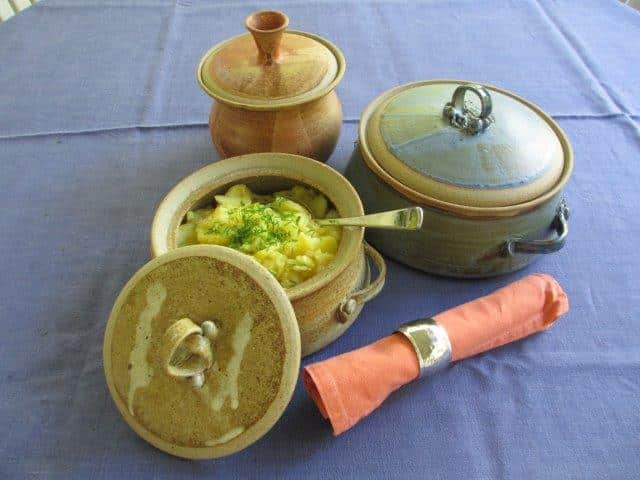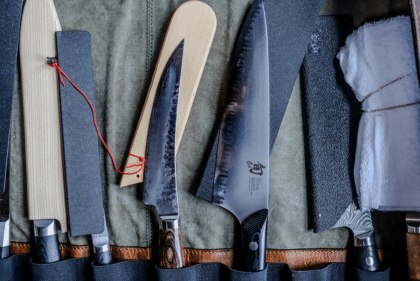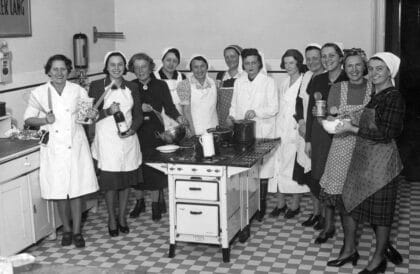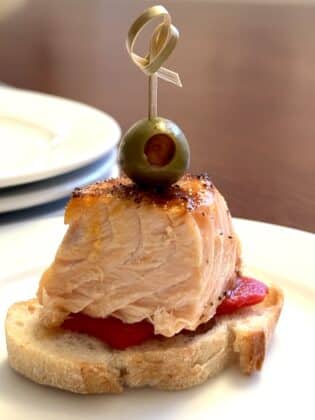Pottery & Potato Salad
Potato salad – actually, anything – looks very nice on the table in a pretty pottery bowl. Almost every day I use some of the bowls and casseroles I’ve made. The fact that you have made the vessel and its contents with your own hands is a most satisfying feeling.
It was in the 1960s and 1970s that women – mostly stay-at-home moms – populated the Adult School evening classes that were offered on a great many subjects. I was one of those women and I gravitated toward pottery, then mostly built by hand. Later I found a studio that specialized in pottery made on a wheel.

Throwing a pot is not easy. You have a lump of clay on the wheel which you try to center. Then you make a hole in the middle, pull the clay toward the rim, and then try to raise it up to make a cylinder which you can then shape into a bowl or other container.
I have read in some pottery books that in Japan a student may make nothing but a straight cylinder, about six inches wide, for the entire first year of practice! As soon as the student thinks it is good, the master comes around and takes a thin wire — about 15 inches across with two pieces of wood tied at the ends, like they use in a cheese store to cut the big wheels of cheese — and pulls it under the base of the clay and up the middle, inspecting the uniformity of the walls. At one time I thought so much practice was surely unnecessary, but I have since changed my mind about that. As a good potter, you have to know how to throw a very predictable cylinder.
Next, you have to learn how to open the clay and make it into a vessel. Both movements, making the cylinder and shaping the bowl, require absolute even pressure of both hands. With the right hand you press at the clay, steadying your elbow into your groin, and with the left hand you press against the other side of the clay – often with a wet sponge in your hand – to raise the clay up. How evenly you can do this will be evident in your finished bowl. If either hand is not steady, you will have a bump in the bowl between the bottom and the walls. Only the most accomplished potters will be able to produce a very even curve. When I look at my pots today, I realize that I have bumps in the curve of some of my bowls and that some of my pots are quite bottom-heavy. I realize now how important that initial training in Japan is for a future potter.
My teachers in the studio in Union, New Jersey, in the 1970s were Jackie and Sal DiGerlando. I tried to emulate their style because I loved it. The little balls on my lids and the treatments of the handles are copied directly from Sal’s pots, although straighter lines are also pleasing to the eye.
I had only an eighth-grade education when I emigrated from Germany to the United States as a young woman in 1959. When I started to have more time once my kids started school, I began taking academic classes at a local college, and eventually the love of learning overtook the love of throwing pots. That the studio had closed for lack of attendance (women went back to work in the 1980s) made things a little easier. Instead of a potter, I became an art historian and have enjoyed teaching in that field for over twenty-five years. ![]()







